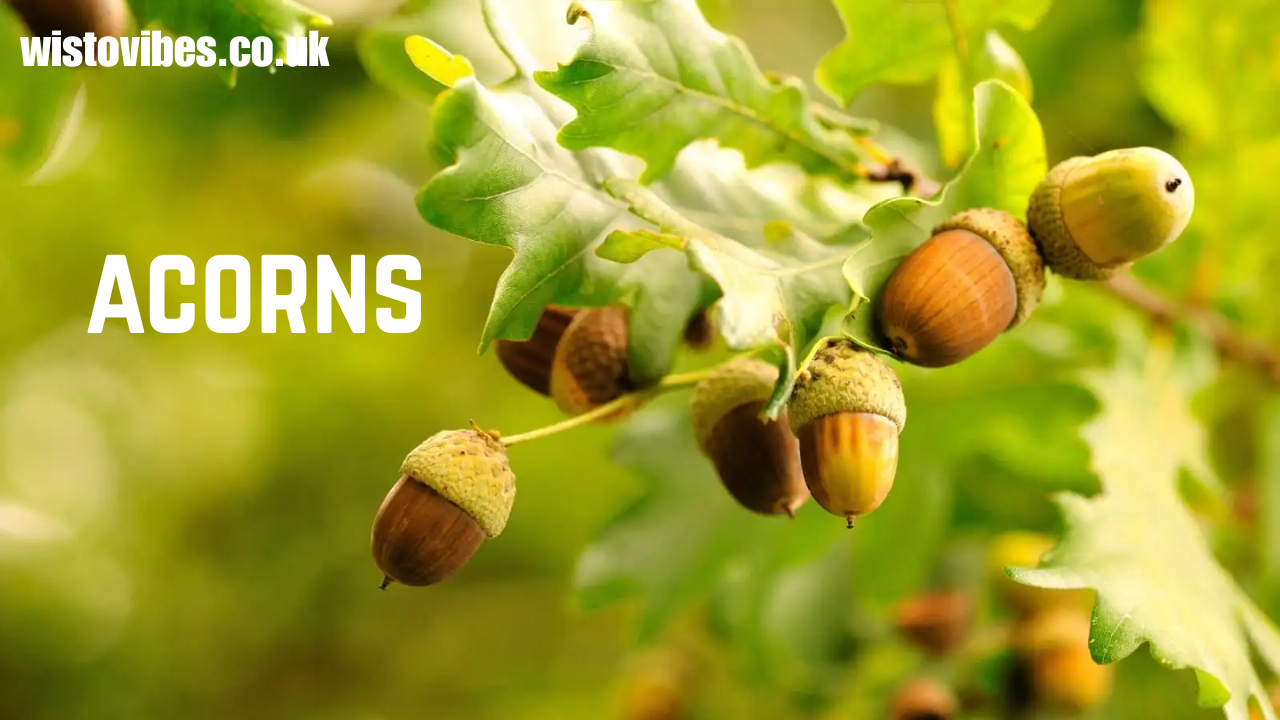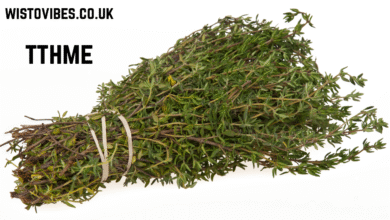Acorns are among nature’s most remarkable creations, serving as the seeds of oak trees and as a crucial foundation of many forest ecosystems. Though small in size, each acorn holds within it the potential to grow into a massive oak tree that can live for centuries, provide shade, support wildlife, and shape entire landscapes. The word “acorn” itself carries a sense of ancient resilience and growth, having long symbolized strength, prosperity, and endurance in various cultures. Acorns appear every autumn, carpeting the ground beneath oak trees, and while many go unnoticed or are gathered by animals, a few lucky ones manage to germinate and create the next generation of towering oaks. These humble seeds are far more than just tree nuts—they represent the beginning of a vast and intricate cycle of life.
The Biological Nature and Life Cycle of Acorns
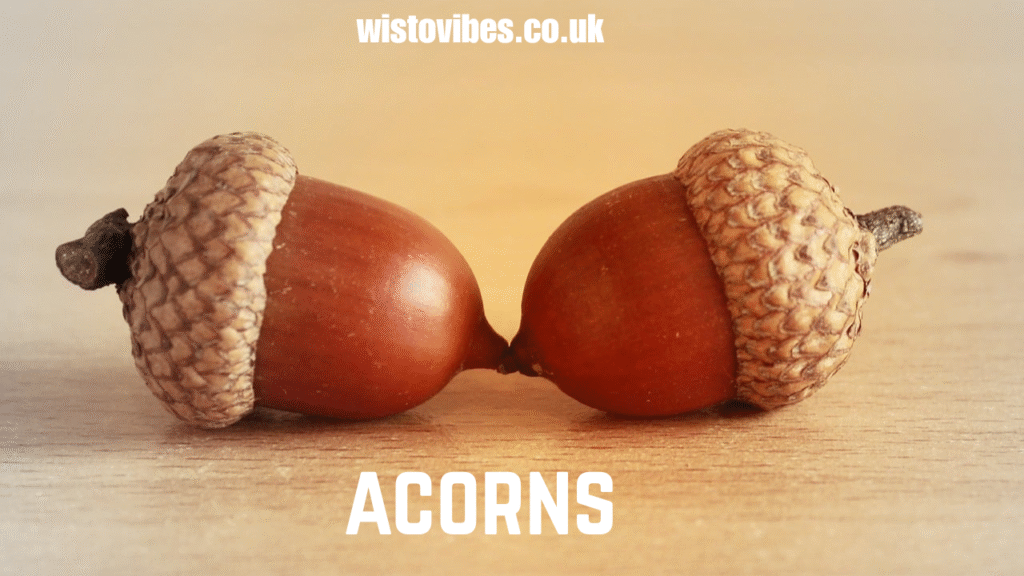
Biologically, acorns are the nuts of oak trees, belonging to the genus Quercus, which includes more than 600 species across the globe. Each acorn consists of a tough outer shell and a small cap, often called a cupule, which anchors it to the tree until it matures and drops. Inside lies the embryo of a future oak, protected and nourished by the surrounding seed tissue. The life of an acorn begins when it falls to the forest floor, usually in late autumn. If environmental conditions are favorable—moist soil, moderate temperature, and protection from predators—it will begin to sprout, sending a root downward before a tiny shoot reaches upward toward the light. However, only a small fraction of acorns ever become trees; most are eaten by wildlife or fail to germinate due to weather or soil conditions. Yet, this abundance ensures the oak’s continued survival, balancing loss with resilience in an elegant natural system that has evolved over millions of years.
The Ecological Importance of Acorns
Ecologically, acorns play a vital role in supporting life within forests. They are a rich source of nutrients, high in fats, carbohydrates, and proteins, providing essential energy for countless animals such as squirrels, deer, wild turkeys, bears, and even insects. Many animals depend on acorns during the autumn and winter months when other food sources are scarce. Squirrels, in particular, are famous for their habit of collecting and burying acorns as a winter food supply. Interestingly, the ones they forget to retrieve often germinate and grow into new oak trees, helping the forest regenerate naturally. Acorns also influence the population cycles of wildlife; a year of abundant acorns—known as a “mast year”—can lead to a population boom in animals, which in turn affects the entire food web. Thus, acorns are not merely seeds—they are the building blocks of forest ecology, creating a deep and lasting connection between flora and fauna.
The Varieties and Characteristics of Acorns
There is a stunning diversity among acorns, reflecting the wide range of oak species that produce them. Acorns vary in size, shape, color, and texture depending on the type of oak. For example, the acorns of white oaks tend to mature within a single growing season and have sweeter nuts with less tannin, making them more palatable to wildlife. In contrast, red oaks produce acorns that take two years to mature and contain higher levels of bitter tannins, serving as a natural defense mechanism against overconsumption. The differences in their growth cycles and chemical composition demonstrate the adaptability of oak species across different climates and regions. From the towering oaks of North America to the evergreen oaks of the Mediterranean, each variety of acorn tells a story of environmental adaptation, endurance, and ecological balance.
Acorns and Their Relationship with Animals
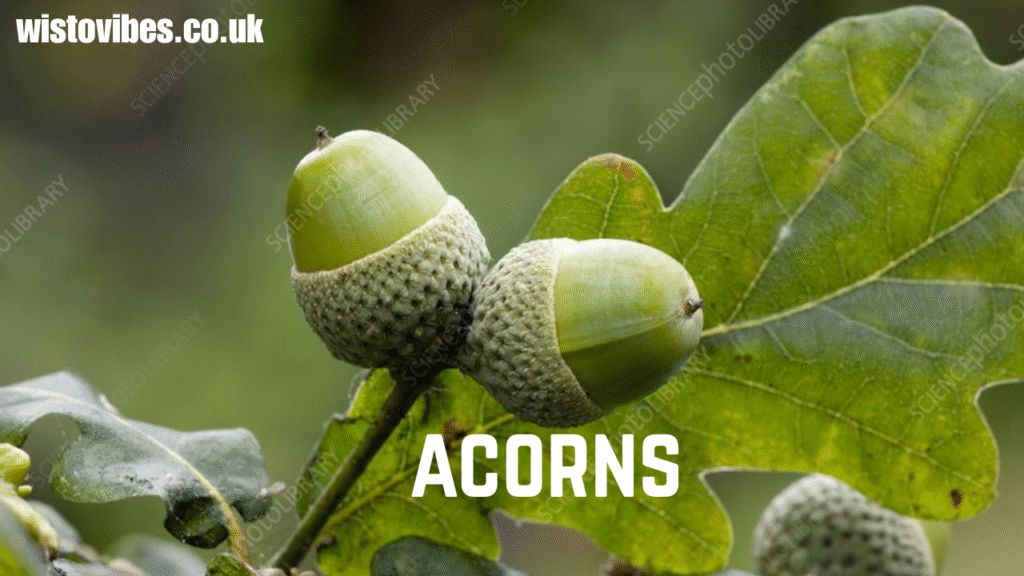
The relationship between acorns and animals is one of nature’s most fascinating mutual dependencies. While animals rely on acorns for nourishment, acorns depend on animals for dispersal. Creatures like blue jays, woodpeckers, and squirrels are known to transport acorns far from the parent tree, often burying them in soil for later consumption. This behavior inadvertently plants new trees, spreading oak populations across vast areas. Studies have shown that birds can carry acorns several miles away, effectively creating new oak groves. Furthermore, the timing of acorn production often aligns with animal activity cycles, ensuring that there are enough acorns to feed wildlife while leaving enough uneaten seeds to germinate. This intricate connection between seed and animal exemplifies the harmony of nature’s design, where each species plays its part in sustaining the balance of life.
Cultural and Symbolic Meanings of Acorns
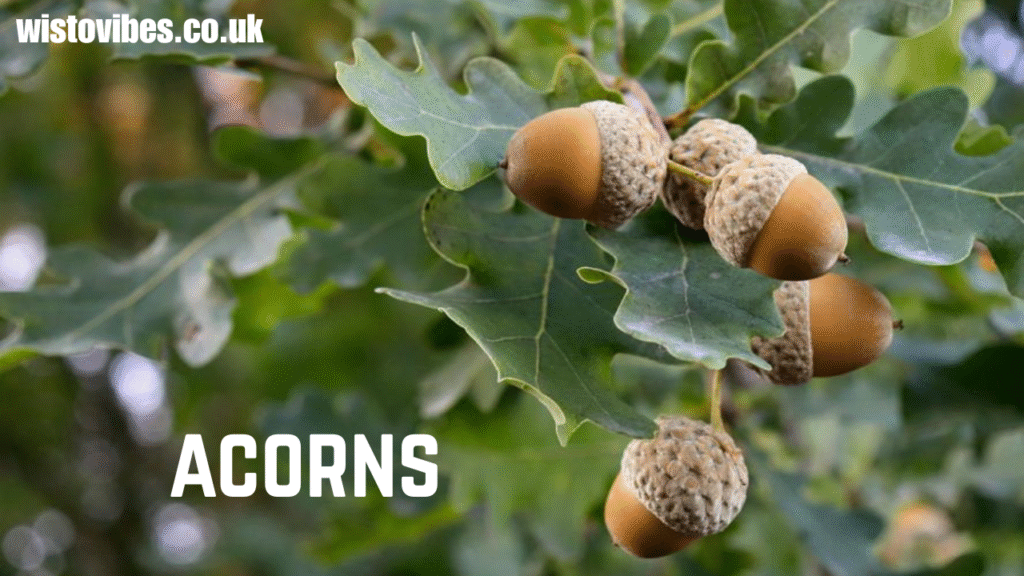
Beyond their biological and ecological significance, acorns have held profound symbolic meanings throughout human history. In many cultures, the acorn represents potential, growth, and prosperity. The saying “mighty oaks from little acorns grow” embodies the idea that great things often have humble beginnings. Ancient civilizations such as the Celts revered the oak and its acorns as sacred symbols of wisdom and strength, associating them with deities and spiritual power. In Norse mythology, the oak tree was sacred to Thor, and acorns were believed to protect homes from lightning. Even in modern times, acorns are used as symbols of luck and perseverance, reminding people that patience and nurturing can lead to greatness. Their enduring presence in folklore, art, and literature reveals the deep connection between human imagination and the cycles of the natural world.
Acorns in Human Use and History
Throughout history, humans have found numerous uses for acorns, especially in regions where oak forests were abundant. Indigenous peoples and early civilizations often used acorns as a food source, leaching out the bitter tannins through soaking or boiling before grinding them into flour. This acorn meal was used to make bread, porridge, or other staple foods. In times of scarcity, acorns were an invaluable resource, sustaining communities when crops failed. Beyond food, acorns were also used for medicinal purposes and as a source of natural dye and tannins for leather production. Even today, some cultures continue to incorporate acorns into traditional cuisine, particularly in parts of Korea, Japan, and the Mediterranean. The historical relationship between humans and acorns highlights both our ingenuity and our reliance on the gifts of nature.
The Role of Acorns in the Environment and Climate
In the broader environmental context, acorns and oak trees play an essential role in combating climate change. Oaks are known for their ability to absorb and store large amounts of carbon dioxide, making them vital components of global carbon sequestration efforts. Each acorn that grows into a tree contributes to cleaner air, improved soil health, and greater biodiversity. Oak forests also help regulate water cycles and prevent erosion, stabilizing the landscape and fostering resilience against extreme weather. The regeneration of oaks through acorns ensures the long-term health of forest ecosystems, providing a living example of how even the smallest natural elements can have a massive impact on the planet’s well-being.
Challenges Facing Acorns and Oak Forests
Despite their strength and resilience, acorns and oak forests face growing challenges in the modern world. Habitat destruction, climate change, pollution, and invasive species all threaten oak ecosystems. Warmer temperatures and unpredictable rainfall patterns can disrupt acorn production, while pests and diseases attack both the trees and their seeds. Urban development and deforestation have significantly reduced natural oak habitats, limiting the space available for regeneration. Conservation efforts are essential to protect these ecosystems and ensure the continued presence of oaks and their acorns for future generations. Planting oak trees, preserving natural forests, and supporting biodiversity are key steps in maintaining the delicate balance that acorns help sustain.
Conclusion
Acorns are far more than simple tree seeds—they are the living symbols of endurance, regeneration, and the interconnectedness of life. From feeding countless animals to inspiring human cultures with their symbolism of growth and potential, acorns hold a timeless place in both nature and human history. They remind us that even the smallest beginnings can lead to the grandest outcomes, and that the health of our planet often depends on the smallest, most overlooked elements of its ecosystem. Protecting acorns and the oak trees they create means safeguarding the future of forests and all the life that depends on them.
FAQs
Q1: What is an acorn?
An acorn is the nut or seed of an oak tree, capable of growing into a new oak when conditions are suitable.
Q2: Why are acorns important to wildlife?
They serve as a crucial food source for animals like squirrels, deer, and birds, especially in colder months.
Q3: How do acorns grow into oak trees?
When an acorn falls onto moist soil and escapes being eaten, it germinates and develops into a young oak sapling.
Q4: Can humans eat acorns?
Yes, acorns can be eaten after removing their bitter tannins through soaking or boiling, and have been used historically as food.
Q5: What do acorns symbolize?
Acorns symbolize growth, strength, patience, and the idea that great things come from small beginnings.
